How does one garner success as a photographer? This article delineates between different photography markets to showcase some aspects of art practice that are necessary for intra-disciplinary success.
Photography is not a monolithic profession, rather it is broken into various practices such as commercial photography and art photography; these are further divided into sub-categories such as fine art and conceptual art.
To clarify, the invention of photography was compared to other visual arts such as painting. This article addresses and uses the word "art", but my intention is very much to apply the concepts discussed to a photographic practice.
Art and Commerce
The distinction between fine art and art that is commercial, is both recent and tenuous. Renaissance art was paid for by patrons from rising merchant classes, such as the Medici family. Before this, art was patronized by religious or state institutions such as churches, or royalty and nobility. I would argue that in all these cases, art was the medium through which a product or ideology was commercialized (such as promoting a religious ideology, the right to rule of a monarch, or the power shifts from the monarchy to merchants and bankers).
Shifting social structures at the start of the 19th century marked a turn from fine art to applied art in Russia, and from fine art to graphic art in the Americas and the rest of the world. With artists working "on-demand", it raises the question of whether an artist is truly an artist furthering conceptual paradigms, or an artisan more akin to a hired hand. Art was being commodified but also played a role in commodifying life, thus coloring all artists who produced for mass consumption.
Art has always been commercial, but the difference between this new applied art or graphic art and previous artists is in the intended audience. Renaissance artists worked on-demand for elite patrons and created works not intended for mass distribution. Of course, the irony in this situation is their work is enjoyed by the public and is displayed in public art institutions as well as in heritage and cultural sites that are open to the public, such as the Sistine Chapel.
Of course, fine art is not a singular entity. Within what is considered to be fine art exists at least a dichotomy of conceptual art and figurative art. Figurative art, which may be imagery or sculpture, is generally sold as home décor. Figurative artists, in this sense, create work meant to be sold. This may be through commercial galleries (which usually only offer private sales), directly to consumers, or as prints or other merchandising of their works to consumers. In contrast, conceptual artists create work that highlights or discusses Avant-Garde or abstract ideas. Their work may be sold as well, but this is generally to public institutions such as museums or public art galleries. To clarify, my argument isn’t to place a value judgment on figurative art or conceptual art, or on works within either of these two genres of art, but rather to highlight the existence of different art practices.
Photography as Art
Photographer Sarah Moon has said, “I’ve always been taking the same picture.” Artists generally have a specific style, aesthetics, or concepts they speak to in their work; whether the work gets sold as an art object or is commissioned to promote commercialism is irrelevant: a transaction for artistic labor has occurred.
Prominent author Henry James was adamantly anti-photography, having said that if photography could supplant art in some of its functions, it would only be because of its ubiquity. He argued that it was acceptable for photography to assert reality, but not mere actuality. Images needed to be more than documentation. In contrast, Alfred Stieglitz argued against mere actuality, highlighting the strengths of photography against traditional art forms. Photographs could represent external reality in a way painting could not and painting could represent an artist’s emotions and personal feelings in a way photography could not.
Success as an art photographer is less about being a successful photographer creating artistic works, but rather being a successful artist using photography as a medium. The judgment of art, whether it is a painting or photograph, is not about judging the work based on criteria specific to a medium, but rather the contribution of the work to the continuity of art discourse. As an example, modern painting is not concerned with the medium of painting — it is not necessarily about detailed brush strokes or attention to detail but rather the contribution of an artwork to the broader lineage of painting, but also the continuation of artistic lineage. An artwork by Rodin and a different work by Mark Rothko, hypothetically, both compel the viewer and instill a conviction to feel something. In this case, the comparison is not about what is a “better” painting, but rather critique centers on how a work that has contributed to the broader canon of art by creating criteria for itself to be judged against.
Photographic practice relies on a broader art discourse and canon. To clarify, a photorealistic painting is not a photograph; but rather is judged on the criteria of artistic merit. The question which therefore must be asked is, “Is the work compelling?” So too with art photography, a work does not need to be “like a painting” but rather be compelling on its own merit in the artist and in the audience.
Creating Theater
Theater is one criterion of painting that lends itself to compelling art. Theater is the experience of viewing a work — this idea that a work is incomplete unless a viewer is immersed in the work. Theater can be created in many ways, including composition and scale.
Jeff Wall is an artist who works in paint as well as photography. His photographs are said to be painting. He is not a painter or photographer, insomuch as he uses the compositional resources, mode of address, and scale of history painting. His images are compelling because they invite scrutiny. His photographs are not like paintings or his painting are not like photographs, but rather he uses each medium to further art discourse antagonist to the medium.
An Appreciation of Beauty
The argument is less about what is or is not art or to gatekeep art by way of who can author or consume art. Rather, perhaps the focus should be on reparation and inclusion; of appreciating images and beauty on their own merit. Art, commerce, photography — exist within the real world. There is a presupposition that the world in which art is produced or experienced is distinct and detached from the social realm.

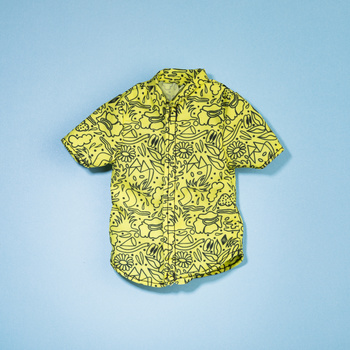
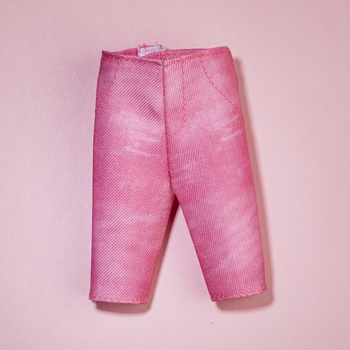
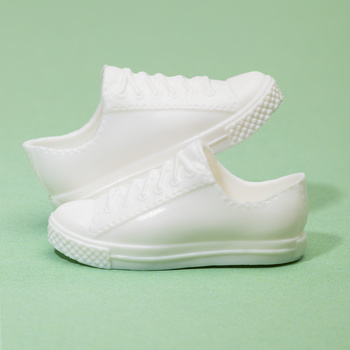
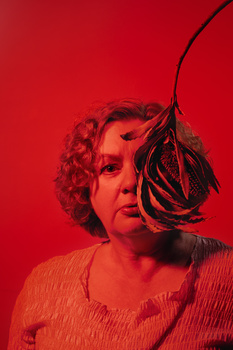


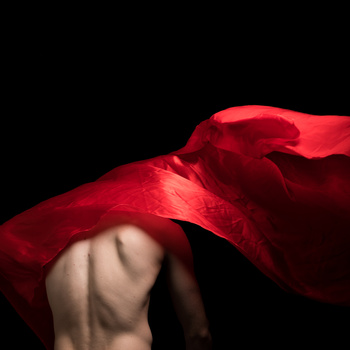

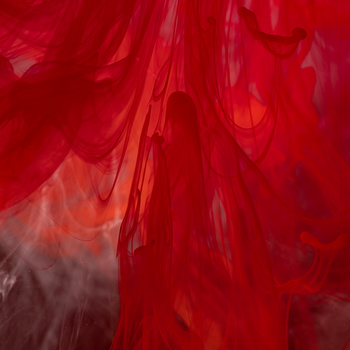






I know they are not, but your Barbie images look CGI.
I can definitely see how they might appear that way!
The images are actually just color toned in Capture One and that's pretty much it. Oh, the shoes were focus stacked.